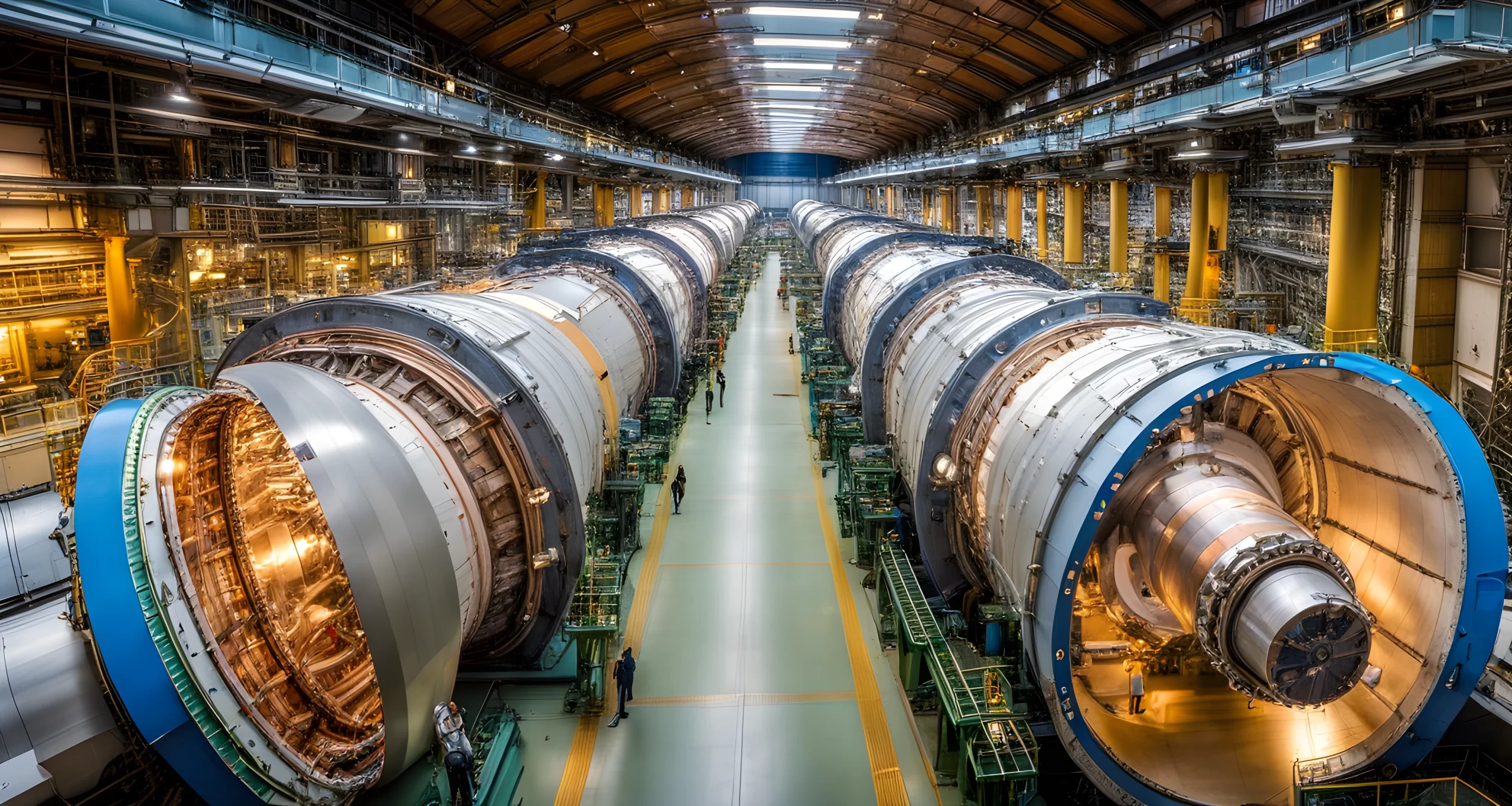Introduction
CERN, the European Organization for Nuclear Research, is at the forefront of cutting-edge scientific exploration. Operating the Large Hadron Collider (LHC), CERN’s mission is to unravel the mysteries of the universe and understand the fundamental building blocks of matter. The LHC, a powerful particle accelerator and detector system, is the largest and most complex scientific experiment in the world.
This massive, circular tunnel, approximately 27 kilometers in circumference and buried 100 meters underground, serves as a gateway to unlocking the secrets of our universe. Through groundbreaking research and innovative technology, CERN aims to expand our understanding of particle physics and delve into the deepest realms of existence.
Join us on a journey through the fascinating world of CERN and the LHC as we explore their groundbreaking discoveries, debunk conspiracy theories Brainwashing Methods surrounding their work, and examine the far-reaching impact of their research on our understanding of the cosmos. Get ready to delve into the world of subatomic particles and uncover the mind-blowing potential that lies within this extraordinary scientific endeavor.
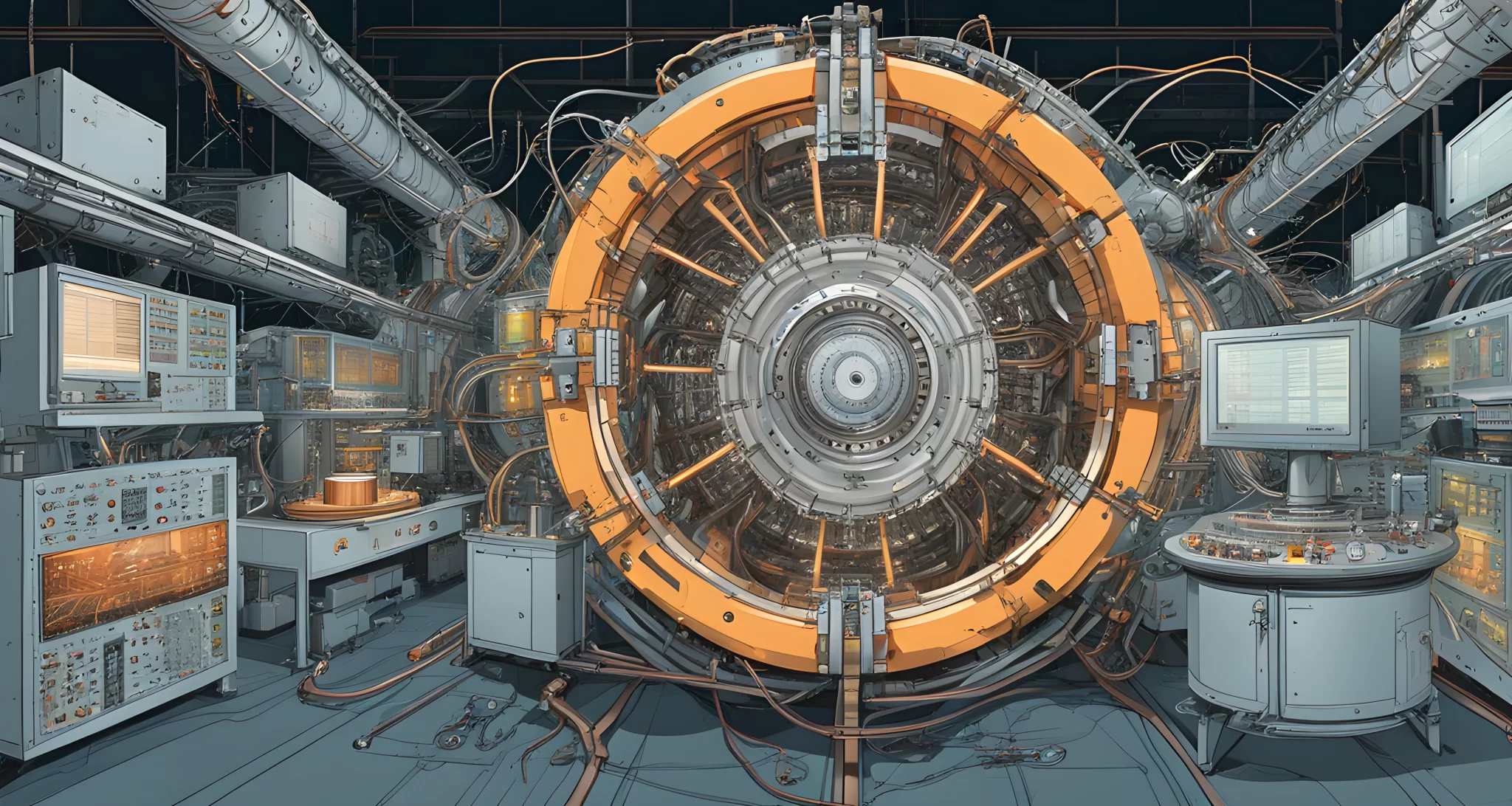
The Large Hadron Collider and its Purpose
The Large Hadron Collider (LHC) is the world’s largest and most powerful particle accelerator, located at CERN in Switzerland. Its main purpose is to collide protons at incredibly high energies, allowing scientists to recreate conditions that existed in the universe just after the Big Bang. This process enables researchers to study the fundamental forces of nature, including the strong, weak, and electromagnetic forces, as well as the properties of subatomic particles like quarks and leptons.
The data collected from these collisions is then analyzed by sophisticated computer algorithms and software to identify new particles and forces, which can provide insights into the origins of the universe and the fundamental laws of physics. The discoveries made at the LHC have had a profound impact on our understanding of the universe and its origins.
This groundbreaking research has led to the discovery of the Higgs boson, a particle that helps to explain why other particles have mass. Additionally, it has provided crucial evidence for various theories in particle physics, shedding light on mysteries that have puzzled scientists for decades.
The LHC plays a crucial role in advancing our understanding of the universe and its fundamental building blocks, opening up new frontiers in physics and expanding our knowledge of the cosmos. For more information on cultural and social impacts, you can explore Social implications exploration.
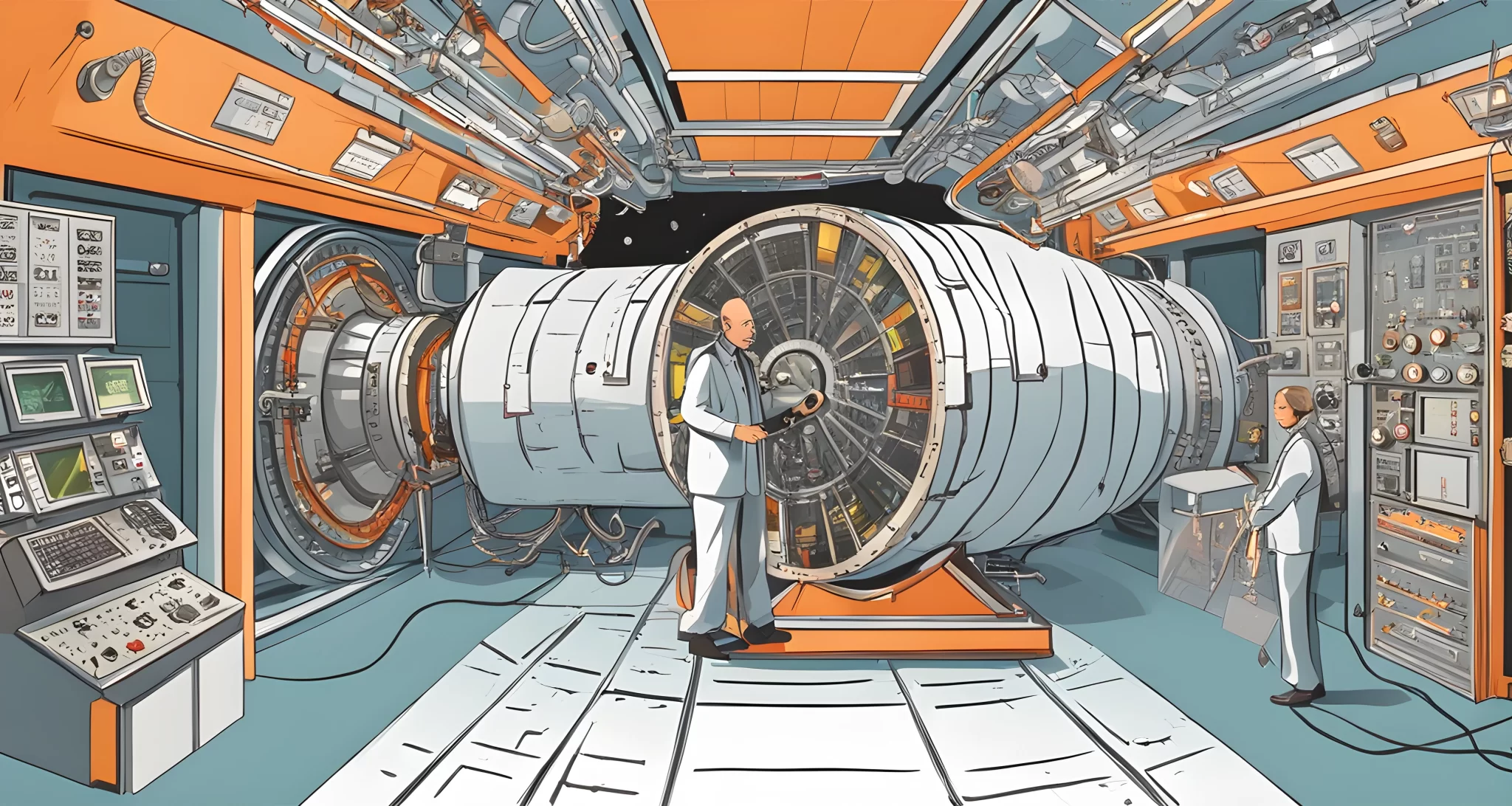
The Higgs Boson Discovery
The Large Hadron Collider has made several groundbreaking discoveries since its inception. One of the most significant findings was the detection of the Higgs boson, a fundamental particle predicted by the Standard Model of particle physics. The discovery of the Higgs boson confirmed the existence of the Higgs field, a theoretical field that is responsible for giving mass to fundamental particles.
- The detection of the Higgs boson was a major triumph for particle physics and provided crucial evidence for the Standard Model.
- This discovery helped to validate the theory of mass generation and further our understanding of the fundamental forces and particles that make up the universe.
- The confirmation of the Higgs field’s existence has opened up new avenues for research and exploration in particle physics.
The Higgs boson discovery has significantly contributed to our understanding of the universe and has paved the way for further research at CERN and other particle accelerators around the world. To learn more about controversial theories related to scientific discoveries, check out False flags actual conspiracies.
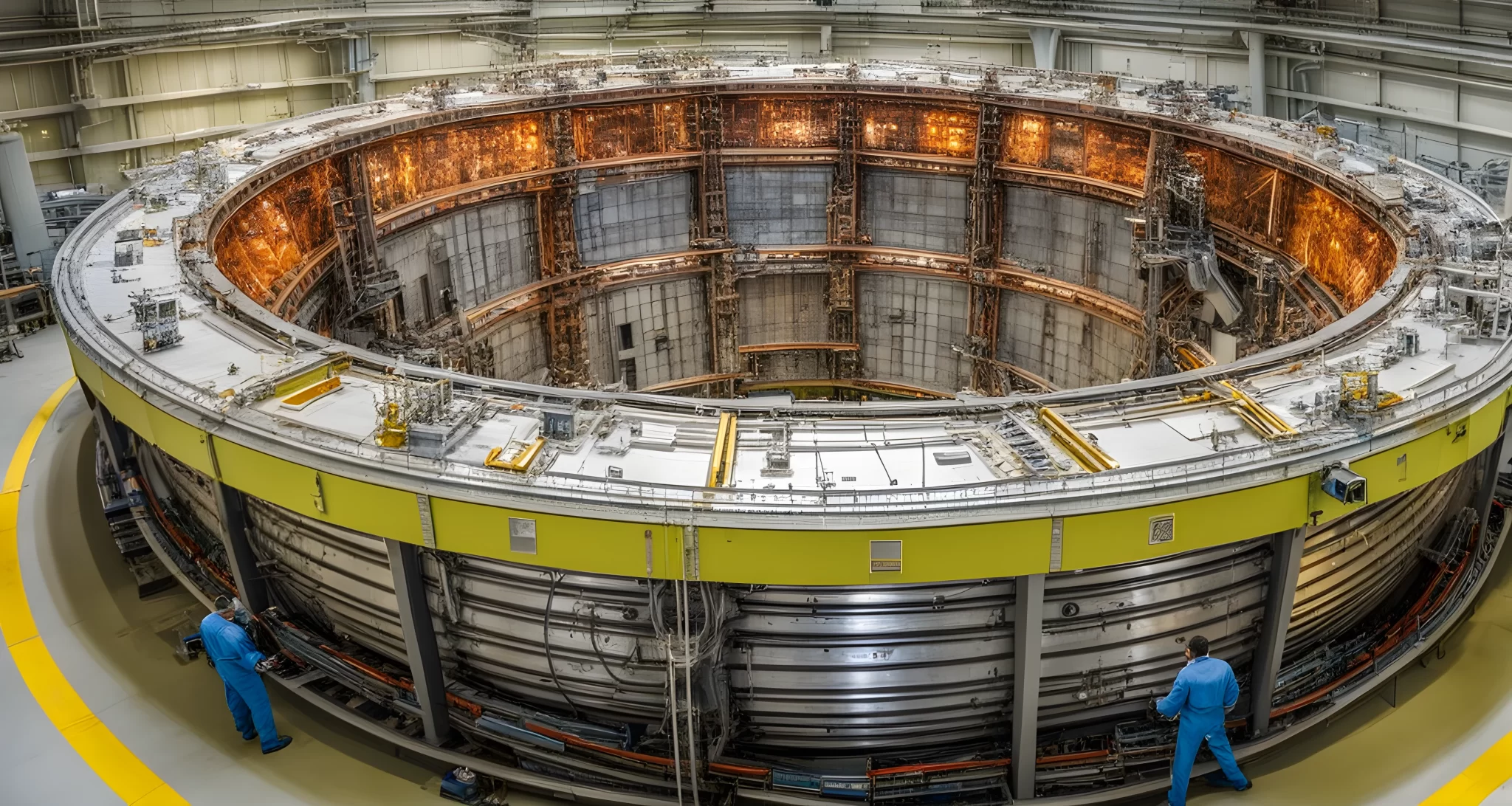
Conspiracy Theories Surrounding CERN
Conspiracy theories surrounding CERN have emerged due to the complex nature of its research and the unfamiliarity of the general public with particle physics. Some theories suggest that CERN is engaging in activities that could endanger the planet or open portals to other dimensions.
Theories Include:
-
Endangering the Planet: Some believe that CERN’s experiments could lead to catastrophic events such as creating black holes or triggering natural disasters.
-
Opening Portals: There are claims that CERN’s activities could result in the opening of portals to other dimensions, potentially allowing unknown and dangerous entities to enter our world.
It’s important to note that these theories are not supported by scientific evidence and have been widely debunked. However, they continue to persist in certain circles, fueled by misinformation and fear of the unknown.
For a deeper understanding of how conspiracy theories can impact global events, check out this article on the Inevitable Downturn during the 2008 financial crisis.
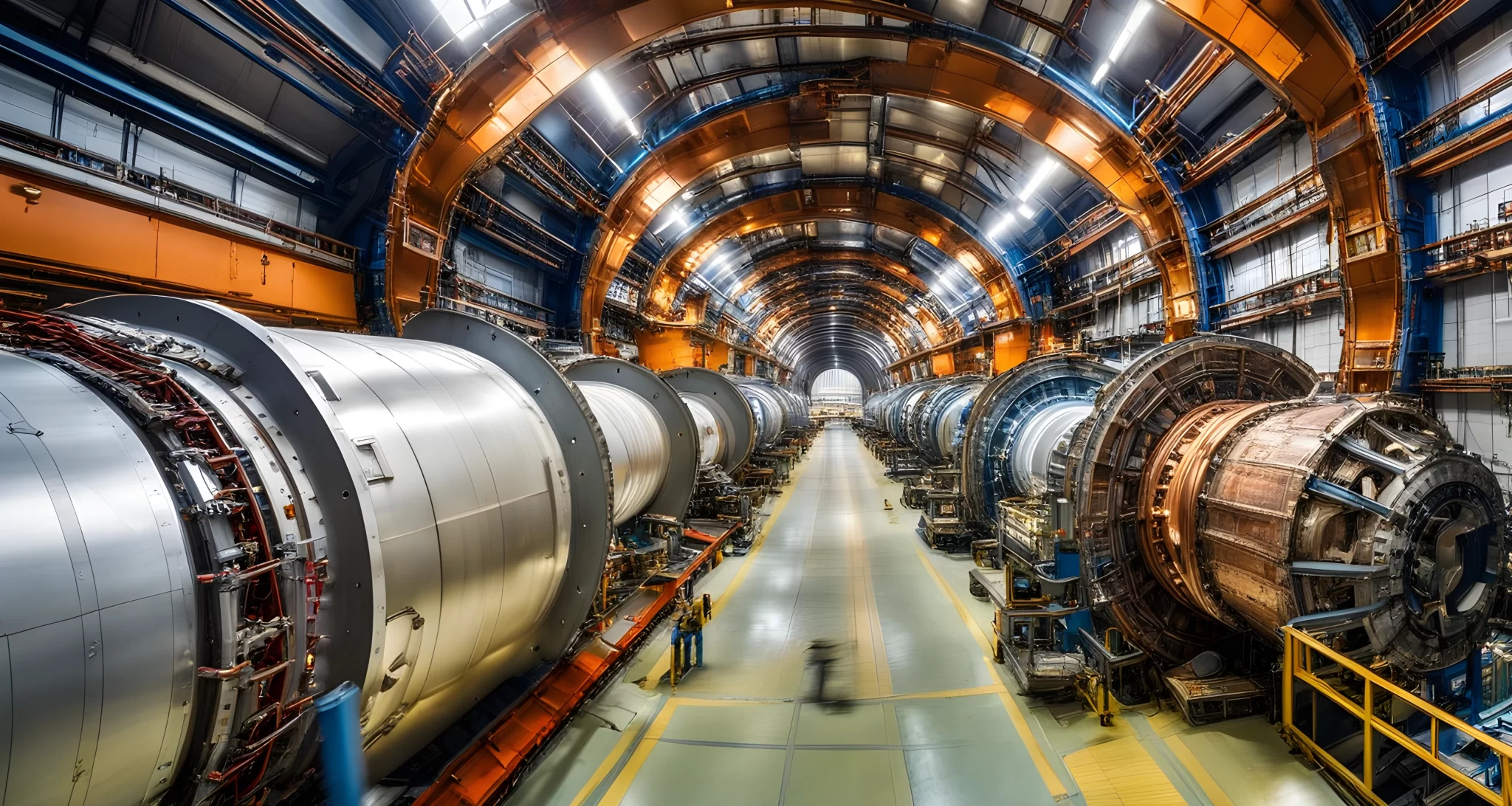
Debunking the Claims
Many of the claims related to conspiracy theories surrounding CERN have been debunked by scientists and experts in the field. They provide evidence and explanations for the safety and ethical considerations behind CERN’s operations.
- Scientists have addressed concerns about the creation of black holes, emphasizing that the energy levels produced by the Large Hadron Collider are not powerful enough to create a black hole that poses a threat to Earth.
- Experts have also clarified that the experiments conducted at CERN are strictly regulated and adhere to rigorous safety protocols to prevent any potential hazards.
It is important to critically evaluate information and rely on credible sources when assessing such claims. Conspiracy theories often thrive on misinformation and sensationalism, but thorough examination of the evidence can help separate fact from fiction.
For those interested in exploring the controversies surrounding other organizations or groups, it is beneficial to delve into investigations such as the Opus Dei controversy investigation to gain a deeper understanding of various contentious topics. By seeking out reputable sources and conducting thorough research, individuals can make well-informed judgments about complex issues.
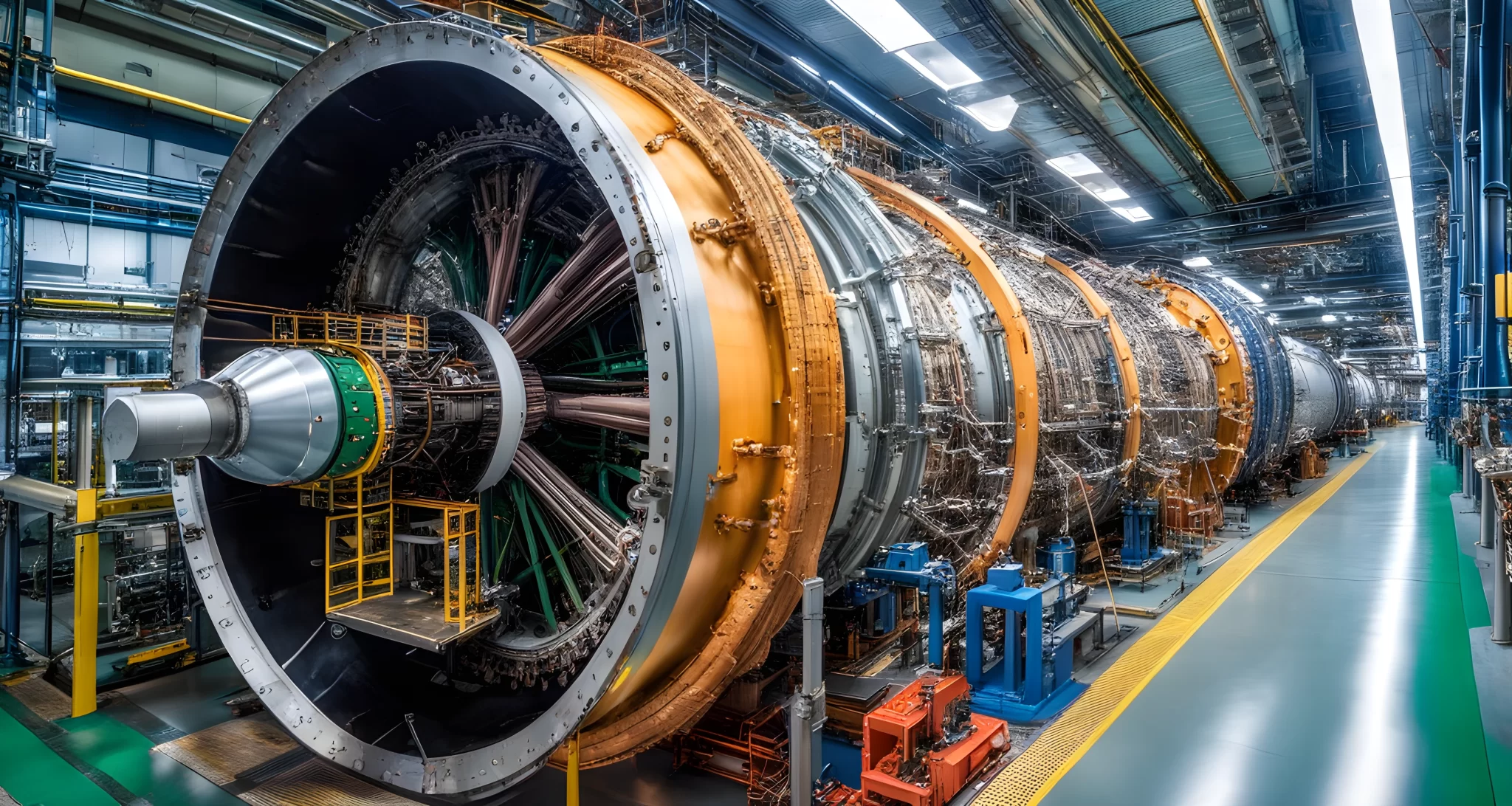
Impact of CERN’s Discoveries
Since the detection of the Higgs boson, CERN’s discoveries have had a monumental impact on our understanding of the universe and fundamental physics. The groundbreaking findings have opened up new avenues for scientific exploration and have the potential to influence various technological and theoretical developments in the future.
Scientific Advancements
- The discovery of the Higgs boson has confirmed a crucial aspect of the Standard Model of particle physics, providing key insights into how particles acquire mass and interact with each other.
- CERN’s research has also contributed to advancements in fields such as quantum mechanics, astrophysics, and cosmology, leading to a deeper understanding of the fundamental forces and building blocks of the universe.
Technological Innovation
- The technologies developed for the Large Hadron Collider have led to advancements in areas such as superconducting magnets, data analysis, and computing, benefiting industries beyond particle physics.
- These innovations have the potential to drive progress in medical imaging, environmental monitoring, and other practical applications.
Future Implications
- CERN’s discoveries continue to inspire new generations of physicists and researchers, fostering collaboration and innovation in scientific endeavors.
- The impact of these discoveries may ultimately lead to further breakthroughs in our understanding of the universe and could potentially contribute to addressing complex challenges facing humanity.
The influence of CERN’s discoveries is far-reaching, shaping our knowledge of the cosmos and laying the groundwork for future scientific exploration. For more information on public health crises caused by misinformation, check out Vaccine skepticism.
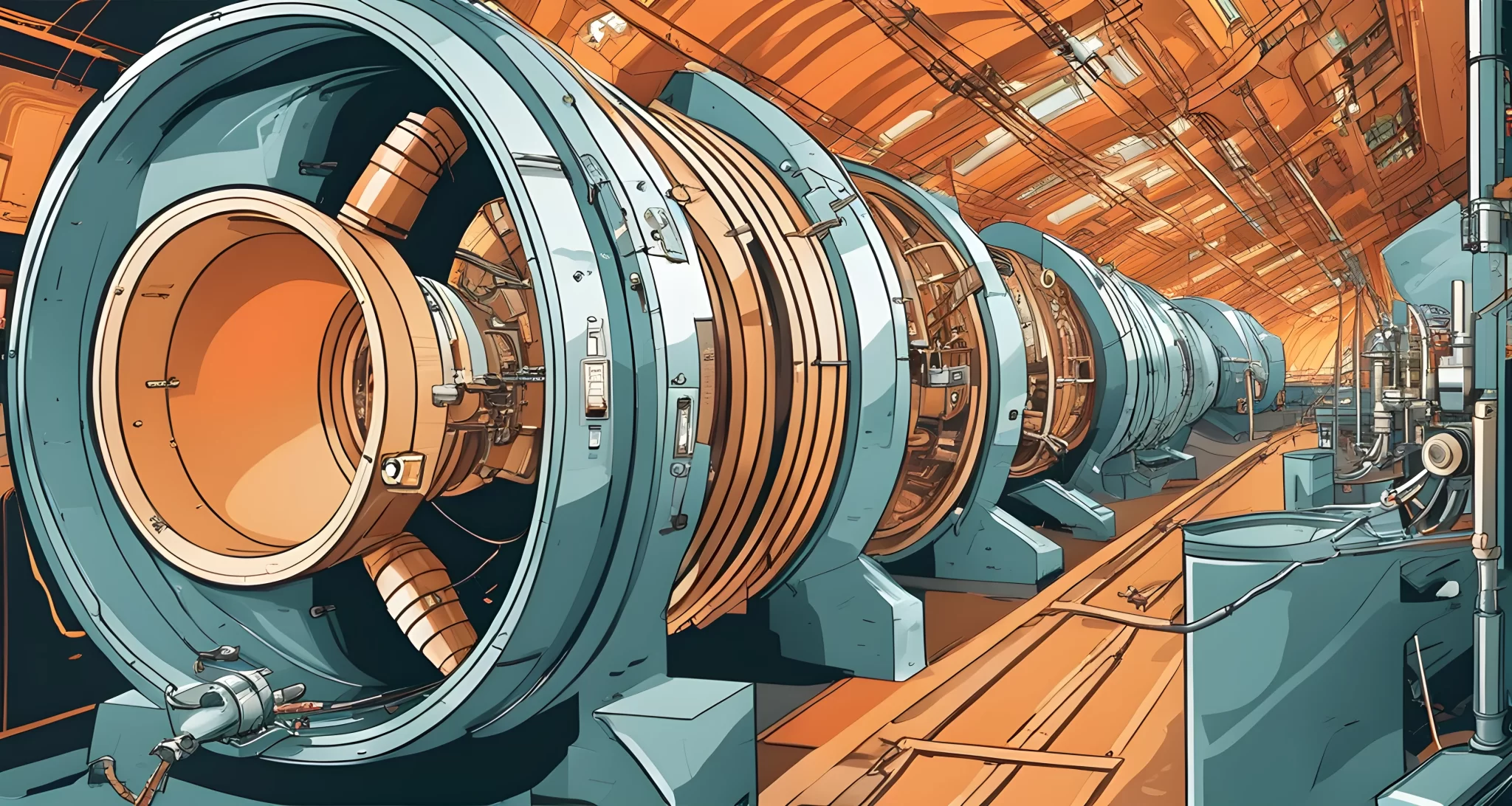
Conclusion
In conclusion, CERN and its Large Hadron Collider represent an important institution and facility for international scientific collaboration. The research conducted at CERN has led to significant discoveries and has the potential to continue shaping our understanding of the universe and the fundamental laws of nature. From the groundbreaking Higgs Boson discovery to debunking various conspiracy theories, CERN’s impact on the scientific community cannot be overstated.
The facility has brought together some of the greatest minds in the world to push the boundaries of what we know about particle physics. As a result, it has shed light on many mysteries of the universe, with implications for technology, medicine, and our place in the cosmos.
While some may speculate about alternate dimensions and portals to other worlds, the reality is that CERN is focused on advancing our knowledge through rigorous scientific inquiry. And as we continue to explore the universe, we must remain open-minded while staying grounded in evidence-based research.
For more information on mass UFO sightings and other unexplained phenomena, check out our article on the Phoenix Lights UFO.
FAQ
What is cern?
Cern, the european organization for nuclear research, is a leading international research center that operates the large hadron collider (lhc), a powerful particle accelerator and detector system used to study the fundamental nature of matter and the universe.
What is the purpose of the large hadron collider?
The large hadron collider is designed to collide protons at incredibly high energies, allowing scientists to recreate conditions that existed in the universe just after the big bang. this process enables researchers to study the fundamental forces of nature and the properties of subatomic particles.
What was one of the major discoveries made by the large hadron collider?
One of the most significant findings was the detection of the higgs boson, a fundamental particle predicted by the standard model of particle physics. the discovery of the higgs boson confirmed the existence of the higgs field, a theoretical field that is responsible for giving mass to fundamental particles.
What is the next phase for the large hadron collider?
The lhc is also being upgraded to its next phase, high-luminosity lhc (hl-lhc), which will increase the luminosity of the machine and enable further exploration of particle physics.
